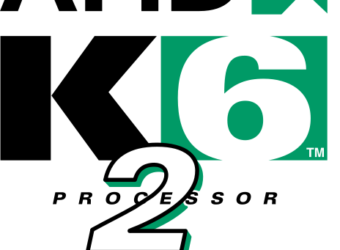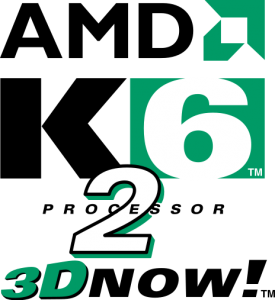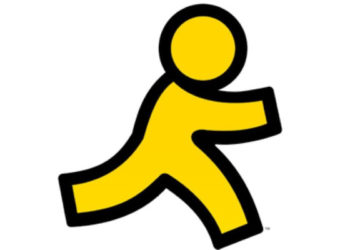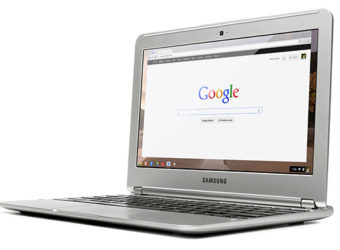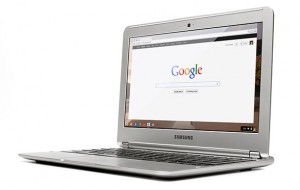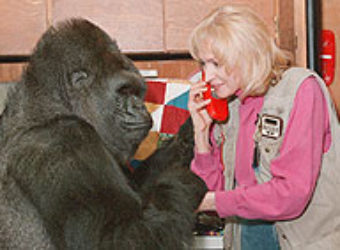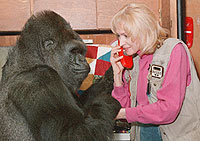June 13, 1993: Interactive Television from Microsoft
Subscribe! Spotify | RSS | More
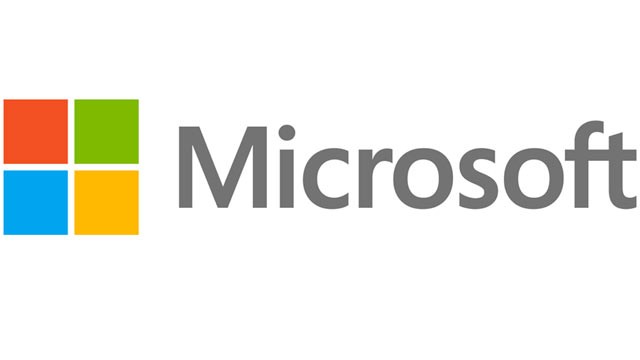
1993 – Microsoft teamed up with Tele-communications and Time Warner to start the revolution known as “Interactive TV”. The ability to buy product right through the set during a show. iTV would give users a Digital Set Top Box in which they would use to browse, go back and watch video. It even connected to a telephone to let you know who is calling and possibly get SMS messages.

Subscribe to Day In Tech History:
RSS Feed - iTunes - Android - Spotify - iHeartRadio
Facebook -
- RSS Bandwidth by Cachefly Get a 14 Day Trial
- Join me on Patreon and support Day in Tech History
- 1983 – Pioneer Crossed Neptune
- 1986 – Activision finalizes the merger with Infocom
- 2003 – 2.4.21 of LINUX kernal released
- 2003 – IE for Mac is shut down
- 2005 – Fedora Core 4 is released
- 2006 – Vincent Ferrari tries to cancel his AOL account, but the agent wouldn’t
- 2007 – Jeffrey Goodin is the first to be sentenced because of the CAN-SPAM act. He was posing as an AOL billing agent
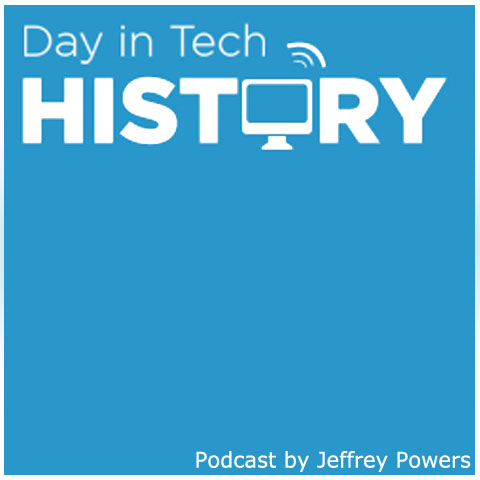




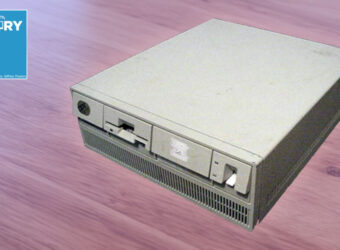
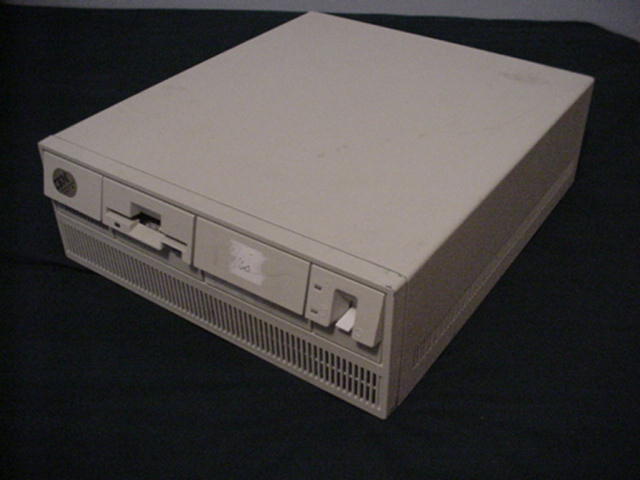
![wordpress_logo-300x300[1] Wordpress](https://dayintechhistory.com/wp-content/uploads/2013/05/wordpress_logo-300x3001-340x250.png)

